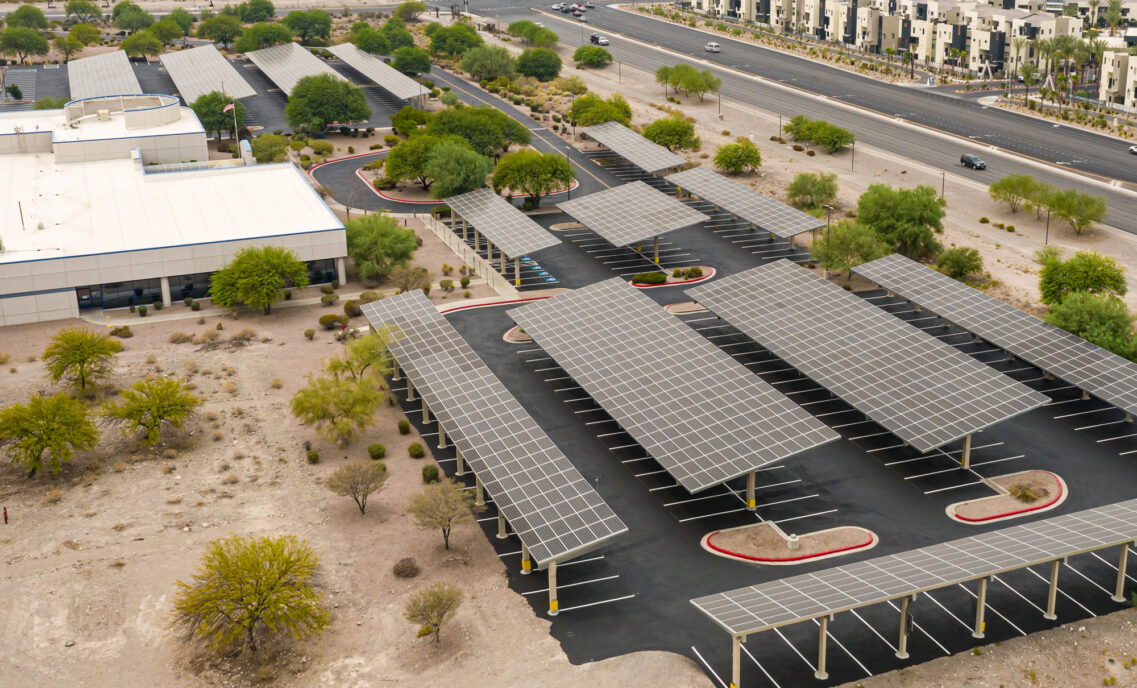Three years ago, Levi Strauss & Co. announced that we were focusing our sustainability efforts on three core pillars — climate, consumption and community. As we formulated that framework, climate was the obvious starting point. That’s because we know climate change is the existential challenge of our time, and that we, as a leading apparel company with a global supply chain, have to do our part.
We are therefore proud and gratified to share that our Net Zero goal for 2050 was officially validated by the Science Based Targets initiative (SBTi), giving us a clear target to work toward across our operations. I want to thank SBTi for their partnership and for providing clear guidelines on how companies should proceed to have their targets validated.
To that end, to ensure our Net Zero goal complies with SBTi requirements, we are aligning our supply chain emissions reductions pathways to be consistent with limiting temperature rise to no more than 1.5C. Also in line with SBTi recommendations, we are updating our near-term scope 3 goal base year from 2016 to 2022 and declaring a new absolute emissions reduction commitment of 42% by 2030.
This is about more than just the numbers, though. As we approached the mandatory five-year review SBTi requires of companies with regard to their emissions reduction targets, we took the time to reflect on our footprint, our progress and our ambitions — and we could see that there was a way to drive deeper impact in our work.
The new baseline year, along with improvements in data collection and modeling over the past decade, means we can more accurately reflect our company’s operations and climate impacts by including land- and agriculturally based emissions. Critically, this also means we are moving on to the same time horizon as many other apparel companies, including many that operate with the same suppliers we do. This will enable stronger collaboration with industry peers and supply chain partners to unlock leverage for progress and drive greater impact for our company, our value chain and the apparel industry. Examples of this kind of collaboration include efforts to help factories transition away from coal, increase renewable energy use, upgrade facilities and collect better primary data to identify changes, progress and additional areas for improvements.
So, from a previously SBTi-approved goal of 40% Scope 3 absolute emissions reduction by 2025, off a 2016 baseline year, we are now targeting a 42% Scope 3 absolute emissions reduction by 2030, from a baseline year of 2022. I know that it might be hard to track. To say it another way, we will reduce absolute Scope 3 emissions by 42% from what they were in 2022. As of 2022, we had already reduced Scope 3 emissions by 23% from our original 2016 baseline year, and we are committed to maintaining our progress to meet an additional 42% reduction between now and 2030. (Our SBTi-approved scope 1 and 2 targets to reduce absolute emissions by 90% by 2025, over a 2016 baseline, is not changing. Nor is our commitment to 100% renewable energy in our owned-and-operated facilities by 2025.)
There are challenges, but we will leverage innovation, supplier engagement, sustainable sourcing and the industry collaborations I mentioned to drive the progress we need to see while strengthening business resilience. One key step that’s already occurred: in 2023, our key suppliers committed to transitioning away from coal in their facilities and downstream operations.
Looking forward, we see additional opportunities through our partnership with Fashion for Good and other industry collaborative efforts to reduce emissions in weaving, spinning and dyeing; continuing to push the transition to renewable energy sources and more sustainable materials; and working across the industry as stated above to create scale and speed.
While we wanted to mark this day, we are far from finished. In the coming months, we will release our Climate Action Transition Plan for 2030, providing greater detail on the steps we will take on our own and in collaboration with others to meet these new targets. These efforts must keep building on each other, and we have to view progress not as an end, but as a reason to aim higher and be bolder. The climate crisis is a clear and present danger to our planet, and we need to match the urgency of the moment.







